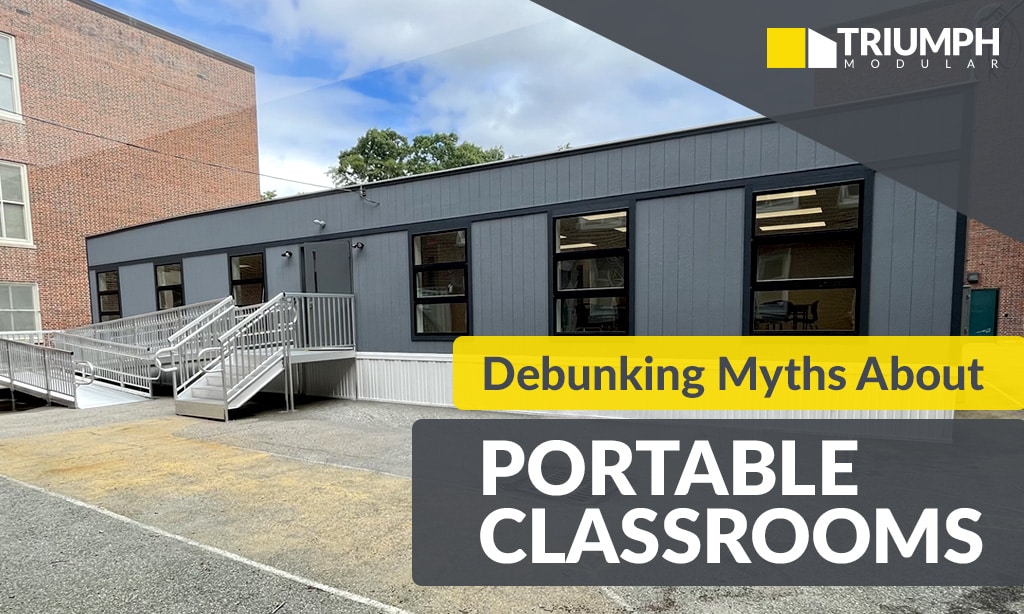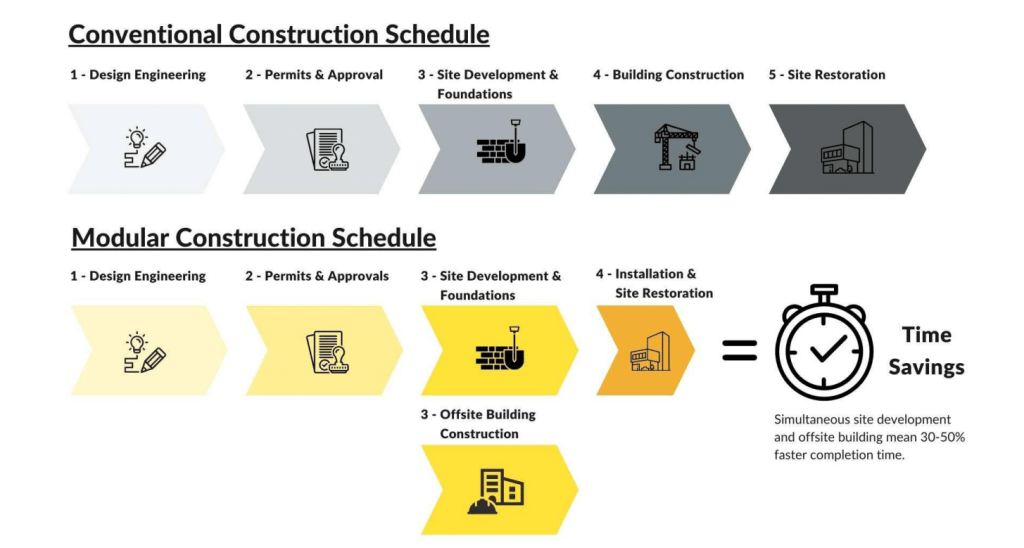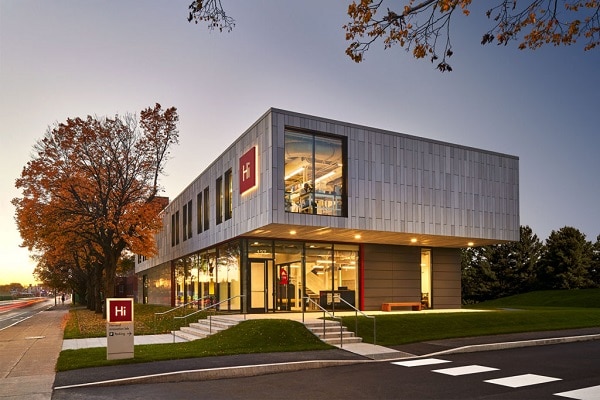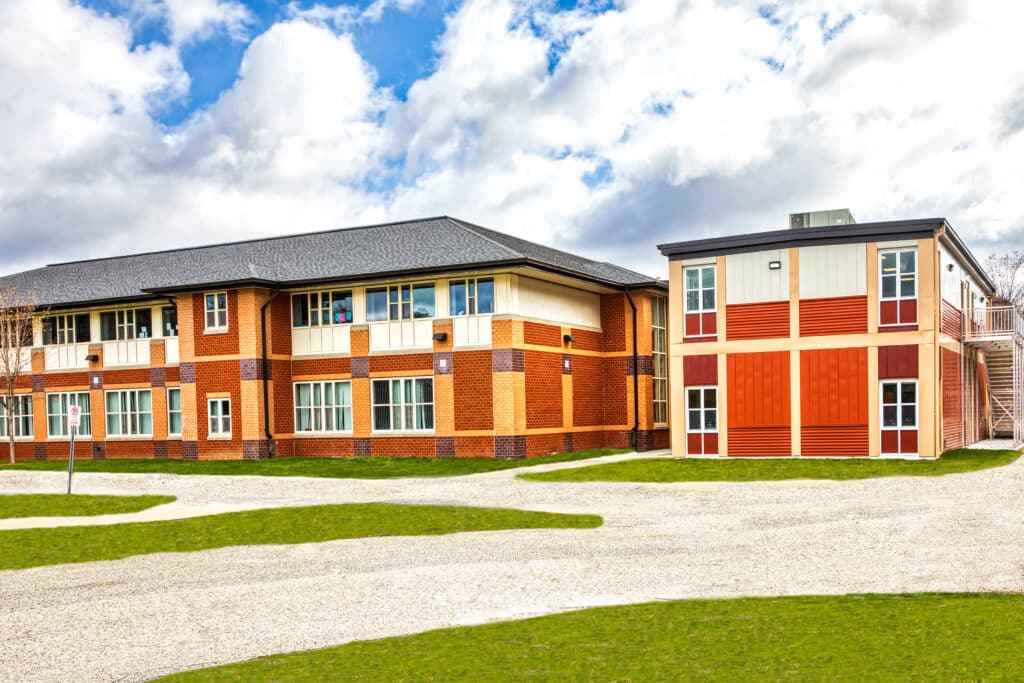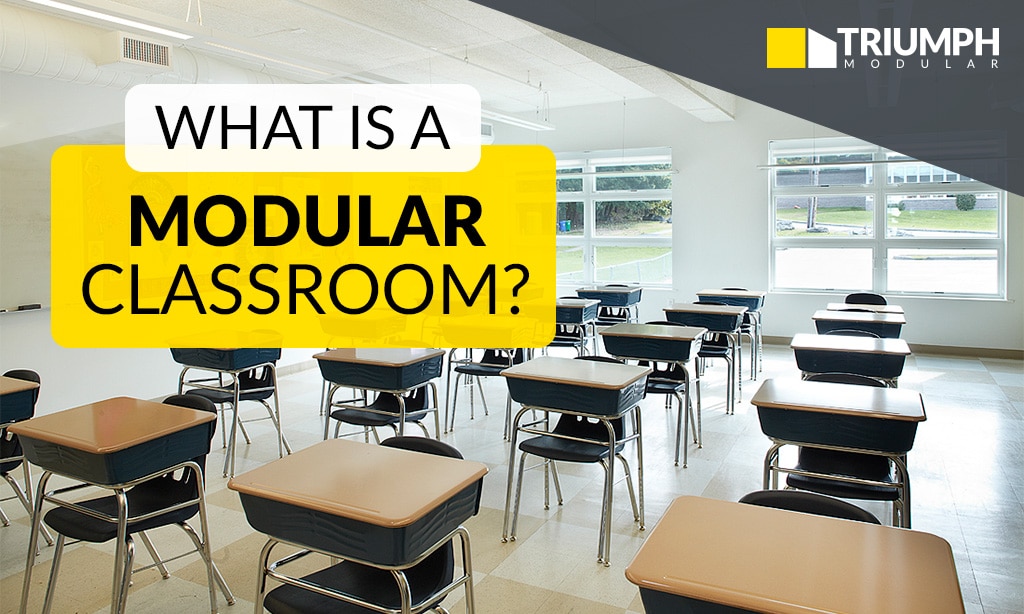It’s no longer a secret that modular construction provides many benefits over traditional construction.
This is especially true for school projects—portable classrooms are a highly viable solution for schools in need, whether it’s to deal with overcrowding, to have a more cost-predictable solution, or solve any other issues facing education.
Still, as providers of portable classrooms ourselves, we continue to hear many myths about portable classrooms and the industry in general. Modular has come a long way over the years, but we still feel that it’s important to debunk certain myths that are detrimental to the reputation of portable classrooms.
Here are seven myths about portable classrooms (and the actual truth behind them!)
Myth #1: Portable Classrooms are Limited In Design and Flexibility
Choosing portable or temporary classrooms for your school projects does not need to mean that you’ll be forced to choose from specific or basic designs.
Although it’s important for design changes to be kept to a minimum after the project starts for maximum speed to occupancy, building designs can be as complex or as simple as needed. Schools that want portable classroom designs to match their current building aesthetics won’t be disappointed.
This is an example of modular making significant strides forward—over the past decade or more, portable classroom designs have come a long way. In many cases, they can be indistinguishable from traditionally-built structures.
Myth #2: Choosing a Portable Classroom Over a Traditionally Constructed Building Won’t Save Time
This is simply untrue—in fact, one of the primary reasons why modular construction is chosen in any industry is for maximum speed to occupancy.
Because the modular construction process allows on-site and off-site work to be completed simultaneously, owners can occupy their buildings much faster than if all of the work is done on-site.
This graphic illustrates it best:
As you can see, with modular construction, off-site building construction and site work can happen at the same time—this process results in anywhere from 30-50% faster completion time.
Myth #3: Portable Classrooms Aren’t Environmentally Friendly
It’s no secret that traditional construction sites produce a lot of waste. By 2025, the amount of waste volume is expected to reach 2.2 million tons, around half of which comes from material waste.
So, are portable classrooms a viable alternative to keep everything green?
The modular process is green for several reasons. First is waste reduction—a controlled factory environment helps eliminate material waste by reusing and repurposing materials. Not to mention that certain factors, such as inclement weather, won’t damage materials on-site.
There are also lower emissions with modular construction. Instead of transporting large equipment and machines to the site, everything is already at the factory.
Choosing portable classrooms over traditional construction is choosing a more environmentally friendly and green option for your school projects.
Myth #4: Portable Classrooms Cannot Be Energy Efficient
As we mentioned above, portable classroom designs now rival traditionally-built structures on several levels.
This includes energy efficiency. The design phase for many portable classroom builds includes taking energy efficiency into consideration with certain material choices.
Some of these include:
- Higher-quality windows
- Better finishes
- Improved indoor air quality
- Roofing designed to reduce air conditioner use
- More natural light
Myth #5: Modular Classrooms Are All Trailers
Mobile office trailers are completely separate from modular classrooms and serve an entirely different purpose. While schools and the educational sector can make use of mobile office trailers for certain purposes, it’s not true to say that all classrooms are trailers.
In fact, some of the more complex and aesthetically pleasing designs we’ve done in the past are classrooms for schools, universities, and other educational institutions.
For example, the Pagliuca Harvard Lab project is a two-story, 15,000-square-foot modular facility composed of 34 separate modules. While most modular classroom projects aren’t this complex (or large), this goes to show how different modular classrooms are from mobile office trailers.
Myth #6: Portable Classrooms Aren’t As Safe
Modular buildings and portable classrooms have to meet the same coding standards as traditionally-built classrooms. In other words, they’re just as safe as traditional buildings.
For example, portable classrooms come equipped with all of the security and safety features needed for education-coded buildings, such as sprinkler and alarm systems. These are needed for buildings to meet the code—otherwise, schools wouldn’t be able to use the buildings!
Myth #7: Modular Classrooms Are Lower Quality
This myth was prevalent over the past decade, but overall, sentiment toward modular buildings has become much more positive.
However, there are still those who believe that choosing modular or portable classrooms over traditional classrooms means settling for lower-quality buildings.
The reality is that, as we’ve talked about with a few other myths, modular classrooms now rival (and sometimes surpass) traditionally-built classrooms in quality.
Take the Hopkins & Elmwood Elementary Schools project, for example. At first glance, it would be tough to figure out whether or not this was a modular classroom setup. On top of a great building design, this modular classroom project includes several key features, such as highly efficient electric heating/cooling units.
Learn More About Portable Classrooms in Our New Guide
Looking for more information on portable classrooms?
Our latest ebook, A Guide to Mobile Classrooms, has everything you need to know about portable classrooms for your next classroom project, from costs to permits and beyond.
Download our guide today!

